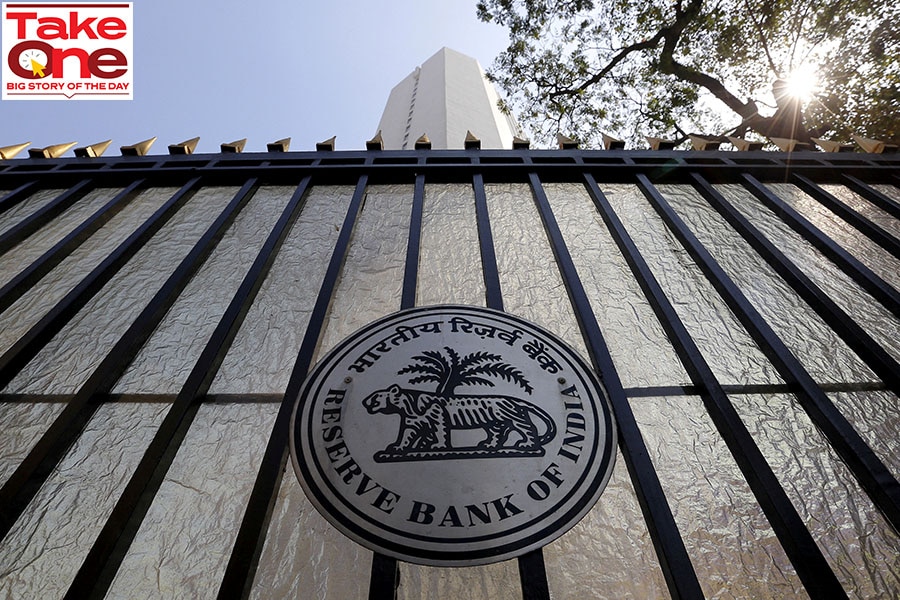
Risk to the inflation outlook stems from the liquidity overhang in the banking system: RBI
The Reserve Bank of India believes the spike in vegetable prices will stoke near-term headline inflation but, at this stage, it is more concerned about the excess liquidity sloshing in the system
 Inflation woes were largely due to supply-side issues. The members showed cautious optimism, leaning towards incoming data, to determine the rate trajectory. Image: Danish Siddiqui / Reuters
Inflation woes were largely due to supply-side issues. The members showed cautious optimism, leaning towards incoming data, to determine the rate trajectory. Image: Danish Siddiqui / Reuters
Inflation took centerstage when the Reserve Bank’s rate-setting panel met earlier this month. The minutes of the meeting held from August 8-10 suggest a rate cut is unlikely this year. Jayanth Varma, Monetary Policy Committee member, said, “In June, I warned against declaring victory based on the inflation prints of just a couple of months, and expressed discomfort with the self-congratulatory tone of the MPC statement of that month about inflation having come inside the tolerance band. It is now clear that we would have a couple of months of inflation readings well above the tolerance band.”
Inflation woes were largely due to supply-side issues. The members showed cautious optimism, leaning towards incoming data, to determine the rate trajectory. But there were a few differences on how they expected inflation risks to play out in the coming months. For example, MPC member Ashima Goyal argued that a second-round impact of food inflation is unlikely since core inflation and pass-through of input costs is expected to ease further, but RBI’s deputy governor, Michael Patra, feared the imbalances in food prices could trigger a second-round effect and put pressure on overall price levels of goods and services.
In the August meeting, Rajiv Ranjan, executive director, RBI, stated that the forecast of the continuation of uneven monsoon in the next two months combined with an El Nino event, amid global food prices, clouded the outlook on food prices. But he added that the monetary policy can’t do much to stem the first-round effect of a supply side shock from vegetables, for example.
“If monetary policy responds to such a surge in headline inflation, the policy would likely be excessively tight and induce high volatility in macroeconomic conditions. On the other hand, if these shocks do not go away and become persistent then inflation expectations can become unanchored, leading to a drift in inflation away from its underlying trend. It may be noted that on the earlier two occasions, during mid-2020 and during mid-2021, the MPC’s prognosis of looking through transitory pressures on inflation has in fact proved accurate,” Ranjan asserted.
Also read: If price shocks persist, we have to act: RBI








